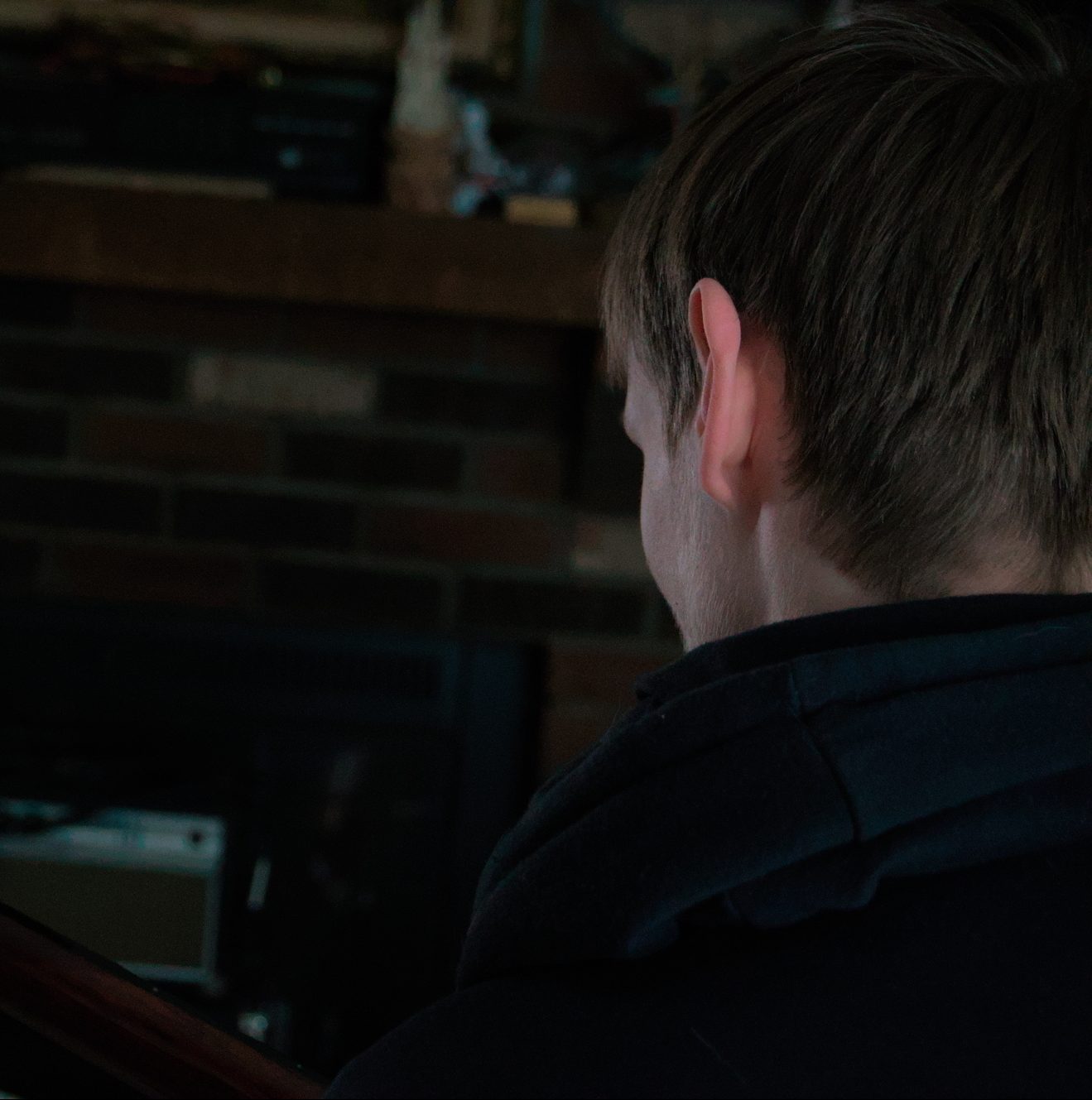Since the dawn of recording technology, engineers, producers, and musicians alike have been striving to cultivate the “studio version” of great songs to their fullest potential . To do so, many tricks and schemes were concocted by the minds behind pop music. From George Martin’s tape splicing wizardry for “Strawberry Fields Forever,” to John Lennon’s insight to run vocals through a Leslie on “Tomorrow Never Knows,” it is little wonder that The Beatles stood out in the 60’s pop music landscape. Perhaps the reason that Leslie sounded so good to John wasn’t just a fluke. Until 1968, all music commercially recorded and released was done so mono-phonically, from one signal for one speaker. If there were more speakers that simply meant more volume, not definition. With the adaptation to stereo, it suddenly opened up a world of new possibilities for producers to add depth to a mix.
Another production icon of the 60’s is Phil Spector. During this era of mono, Spector achieved depth from multiple sources in the room playing the same part in the “wall of sound” technique. This involved intense sessions that required multiple conductors and assistant engineers directing sometimes up to 20 musicians, if not more. Reason being the sound of the room carried across very well to the then dominant format mono, almost giving the illusion of a stereo field before it even existed. Most of these musicians playing each instrument (piano, guitar, bass, drums, etc.) simply played most of the same parts, with almost identical phrasing. Almost giving the performance a built in chorus effect. There’s no way that many guitarists are all the way in tune right?
I think about this concept a lot in the studio. Multiple vocal layers even if they are the same melody can provide a certain accent to the mix when hard panned L & R. Sometimes I use a double tracked vocal for one particular phrase of a verse, or maybe a whole verse if it works with the song. This can sometimes be pulled off with a stereo widener and chorus plug-in, but it sounds more human and natural when it is two separate takes. The same applies for guitars, but sometimes for distorted electrics it’s best to leave them mono. If you do end up panning several guitar layers you may end up needing to check phase and do some EQ sculpting to really achieve the fullest effect. However you can try to make your own wall of sound, I highly encourage it.
February 25, 2024

Gibson Wells

Next Post
Backlog - Issue 1 - Volume 0
Join The Conversation

